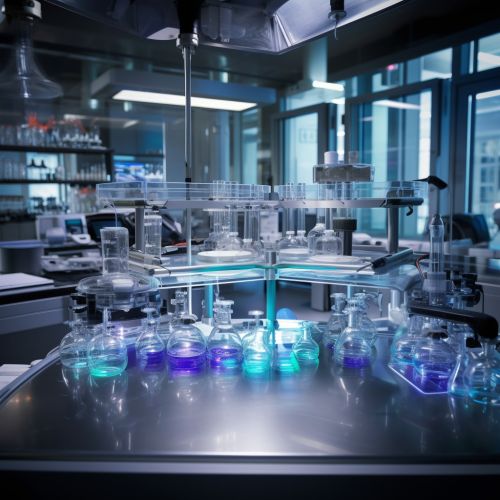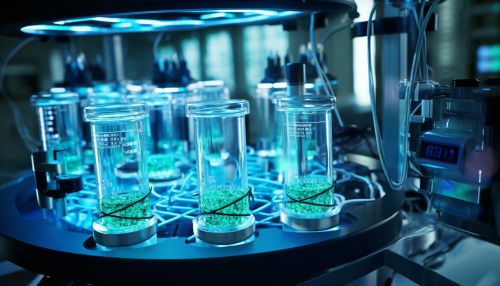Recombinant DNA Technology in Medicine
Introduction
Recombinant DNA technology is a series of techniques that enable the genetic material from different sources to be combined, creating sequences that would not otherwise be found in the genome. This technology has revolutionized the field of genetic engineering, and has a wide range of applications in medicine, from the production of insulin to the development of gene therapies.
History and Development
The development of recombinant DNA technology stemmed from the discovery of restriction enzymes in the late 1960s. These enzymes, which could cut DNA at specific sequences, paved the way for scientists to manipulate genetic material. In 1973, Herbert W. Boyer and Stanley N. Cohen successfully combined and replicated a piece of DNA from one organism in another, marking the birth of recombinant DNA technology.
Principles and Techniques
Recombinant DNA technology involves several steps: the isolation of DNA, the cutting of DNA into fragments using restriction enzymes, the ligation of these fragments into vectors, the introduction of these vectors into host cells, and the replication and expression of the recombinant DNA in the host cells. Each of these steps requires precise control and manipulation, and a variety of techniques have been developed to facilitate this process.
Applications in Medicine
Recombinant DNA technology has numerous applications in medicine, many of which have had significant impacts on human health.
Production of Therapeutic Proteins
One of the earliest and most significant applications of recombinant DNA technology in medicine was the production of therapeutic proteins. For example, the production of insulin for the treatment of diabetes was revolutionized by this technology. Previously, insulin was extracted from the pancreases of slaughtered animals, a process that was both inefficient and could lead to allergic reactions in patients. With recombinant DNA technology, human insulin could be produced in large quantities in bacteria, providing a safer and more reliable source of the hormone.
Gene Therapy
Gene therapy is another application of recombinant DNA technology in medicine. This involves the introduction of a normal gene into an individual's genome to replace a defective one, with the aim of curing genetic diseases. While this field is still in its early stages, there have been several successful clinical trials, and the potential for gene therapy to treat a wide range of diseases is enormous.
Vaccines
Recombinant DNA technology has also been used to develop vaccines. Traditional vaccines often involve the use of weakened or killed pathogens, which can carry risks. Recombinant vaccines, on the other hand, use a harmless virus or bacterium to carry a piece of the pathogen's DNA into the body, stimulating an immune response without the risk of causing disease.
Ethical and Safety Considerations
While the potential benefits of recombinant DNA technology in medicine are vast, it also raises a number of ethical and safety concerns. These include issues related to genetic privacy, the potential for misuse of the technology, and the long-term effects of genetically modified organisms on the environment and on human health.
Future Perspectives
The field of recombinant DNA technology continues to evolve, with new techniques and applications being developed. As our understanding of genetics and molecular biology deepens, the potential for this technology to revolutionize medicine further increases.
See Also


